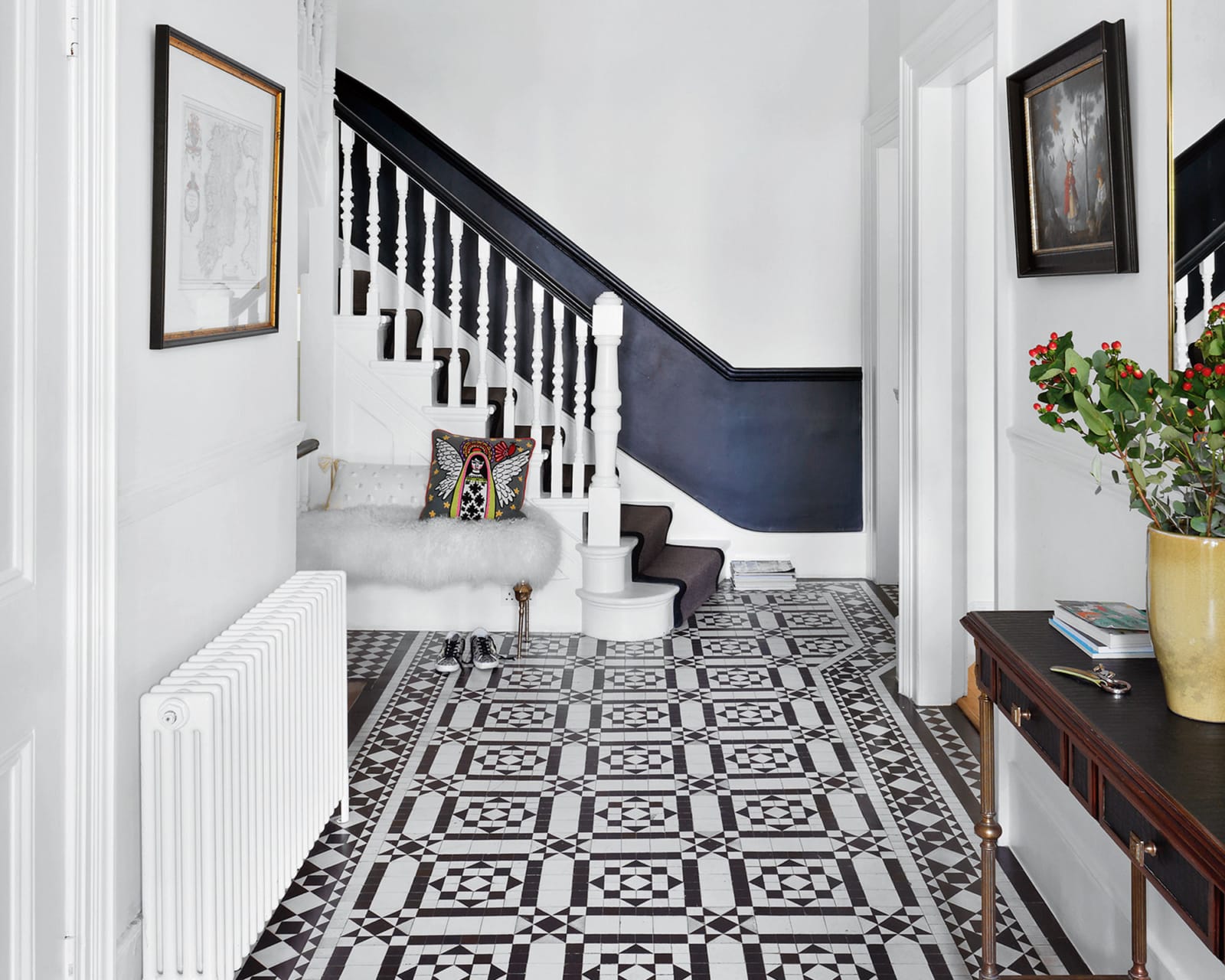Imperial Painters provides painting services and painting advice for residents and businesses in Denver. Accent walls have become a staple in interior design, adding depth, character, and a touch of drama to living spaces. When executed with precision, accent walls can transform a room from ordinary to extraordinary. In this comprehensive guide, we’ll explore the “Accent Wall Rule of Thumb” — a set of principles to help you master the art of accent walls and infuse your home with style and personality.
1. Understanding the Purpose of Accent Walls
Accent walls serve as focal points, drawing attention and creating visual interest within a room. The rule of thumb begins with a clear understanding of the purpose behind accent walls:
1.1. Emphasizing Architectural Features:
- Use accent walls to highlight existing architectural features, such as fireplaces, built-in shelving, or alcoves. This draws attention to the unique aspects of the room.
1.2. Creating Visual Balance:
- Accent walls can be instrumental in creating visual balance, especially in rooms with asymmetrical layouts. They help anchor the space and establish equilibrium.
1.3. Introducing Depth and Dimension:
- By incorporating accent walls, you add depth and dimension to a room. This is particularly effective in open-concept spaces, breaking up expanses of neutral surfaces.
2. Selecting the Perfect Wall
Not every wall is destined to be an accent wall. The rule of thumb guides the selection process:
2.1. Opting for the Main Wall:
- In living rooms and bedrooms, the wall behind the primary focal point (such as the sofa or bed) is often chosen as the accent wall. This ensures that the eye is naturally drawn to the central area.
2.2. Choosing Uninterrupted Walls:
- Select walls with minimal interruptions, such as windows, doors, or large pieces of furniture. An uninterrupted surface allows the accent color or texture to shine without distractions.
2.3. Considering Architectural Features:
- If your room has distinctive architectural features, consider incorporating them into your accent wall. This not only enhances the character but also ties the design elements together.
3. Harmonizing Colors and Textures
The rule of thumb extends to the selection of colors and textures for your accent wall:
3.1. Complementary Colors:
- Choose colors that complement the existing color scheme of the room. The accent wall should harmonize with the other walls, furnishings, and décor elements.
3.2. Bold Statements:
- For a dramatic impact, opt for bold and contrasting colors. This can be a deeper shade of the existing wall color or a completely different hue that adds vibrancy.
3.3. Textured Elegance:
- Experiment with textured materials for added depth. Consider options like reclaimed wood, stone, or wallpaper to introduce tactile elements to your accent wall.
4. Striking a Balance: Single vs. Multiple Accent Walls
The rule of thumb guides decisions regarding the number of accent walls within a room:
4.1. Singular Focus:
- In smaller rooms or those with prominent architectural features, a single accent wall may be sufficient. This ensures a focal point without overwhelming the space.
4.2. Creating Flow with Multiple Walls:
- In larger rooms or those with a more expansive layout, multiple accent walls can be introduced to create flow and visual continuity. The key is to maintain a cohesive color palette.
5. Accent Walls in Different Rooms
The rule of thumb adapts to different rooms within your home:
5.1. Living Rooms:
- Accent walls in living rooms often highlight entertainment units, fireplaces, or artwork. Consider warm tones for a cozy ambiance.
5.2. Bedrooms:
- Behind the bed is a popular choice for an accent wall in bedrooms. Soft hues or textured materials can enhance the sense of tranquility.
5.3. Dining Rooms:
- In dining areas, accent walls can frame the space around a buffet or showcase an artistic element. Consider bold colors to create a dynamic dining experience.
6. Execution and Maintenance
The rule of thumb doesn’t end with selection—it extends to execution and maintenance:
6.1. Precision in Execution:
- Achieve clean lines and precise edges during the painting or application process. Proper execution is essential for accent walls to fulfill their design purpose.
6.2. Maintenance Considerations:
- Ensure that the chosen material and color are easy to maintain. High-traffic areas may benefit from durable paints or washable wallpapers.
7. Final Thoughts: Personalizing Your Space
In conclusion, the “Accent Wall Rule of Thumb” is a guideline, not a rigid set of rules. The key is to understand the principles and adapt them to your unique preferences and the characteristics of your home. Accent walls provide a canvas for personal expression, allowing you to infuse your living spaces with creativity and style. Whether you opt for a single bold statement or multiple harmonizing walls, the rule of thumb is a starting point on your journey to creating visually stunning interiors.
Remember, the most important rule is to enjoy the process and make choices that resonate with your personal aesthetic. Happy accent wall designing!



